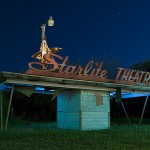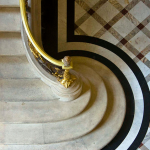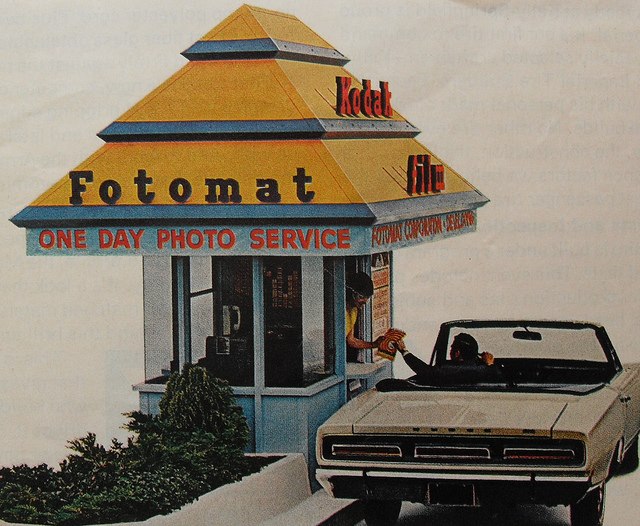
Remember these? Once upon a time, in an era when mankind had to wait an unimaginable 24 hours to see how holiday snaps and selfies had turned out, there was … the trusty Fotomat. A bright and compact little kiosk easily recognisable by its pyramid-shaped gold-coloured roof, usually positioned in a large parking lot outside a strip mall, at its peak in the early 80s, there were over 4,000 Fotomats throughout North America. They offered a “drive-thru” service for overnight film development, which soon became noncompetitive as soon as companies began offering one-hour photo development, and of course would later become entirely obsolete with the takeover of digital photography. But for a while there, it a was a nifty little addition to the suburban landscape…
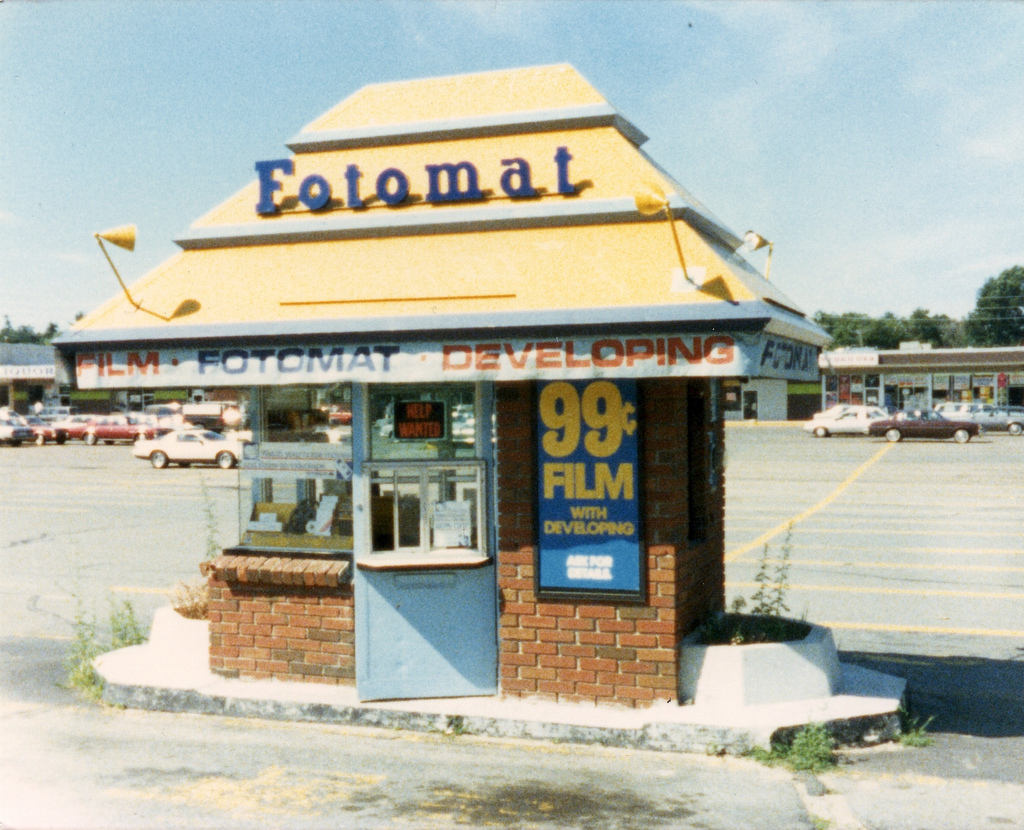
Russell Street Plaza, 1987. West Peabody 1987 © Flickr/ Jim
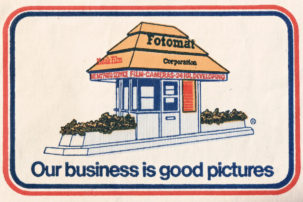 Founded in the 1960s, Fotomat sold Kodak-brand film and other photography-related products, but it was also one of the first companies to offer movies for rent on videocassette, a new concept back in 1979. Customers would browse through a small catalog, call a number and order the movie of their choice. The following day, the customer could pick up the cassette at the Fotomat kiosk of their choice along with their photos. The rental cost was $12 per title (the equivalent of nearly $40 today) and the customer could keep it for five days. The price was later reduced to $9.95 for a five-day rental.
Founded in the 1960s, Fotomat sold Kodak-brand film and other photography-related products, but it was also one of the first companies to offer movies for rent on videocassette, a new concept back in 1979. Customers would browse through a small catalog, call a number and order the movie of their choice. The following day, the customer could pick up the cassette at the Fotomat kiosk of their choice along with their photos. The rental cost was $12 per title (the equivalent of nearly $40 today) and the customer could keep it for five days. The price was later reduced to $9.95 for a five-day rental.
Fotomat notably preferred to hire female employees to work in their small kiosks. They wore a royal blue and yellow smock top and were called “Fotomates.” Male employees were known as “Fotomacs” and wore light blue polo shirt. It was a pretty common summer job for local high school kids in suburbia. The Fotomat characterizes the suburban spirit of the mid-eighties and a handful of nostalgic urbanists seem to be quite dedicated to documenting what has become of the kiosks. While most have been demolished, there are former-Fotomats still standing, possibly in their hundreds dotted across the United States. Some urbanists even make a point of seeking them out, to see what has become of this forgotten architectural relic of the 20th century…
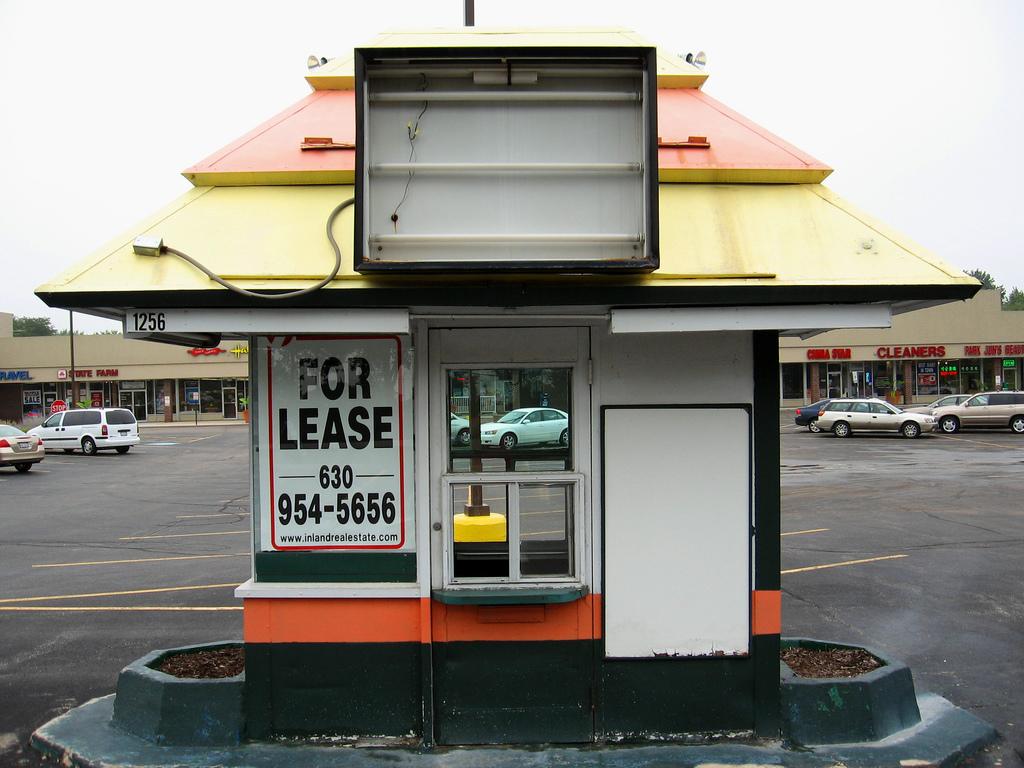
Joliet, Illinois © Flickr/ Joe Balynas
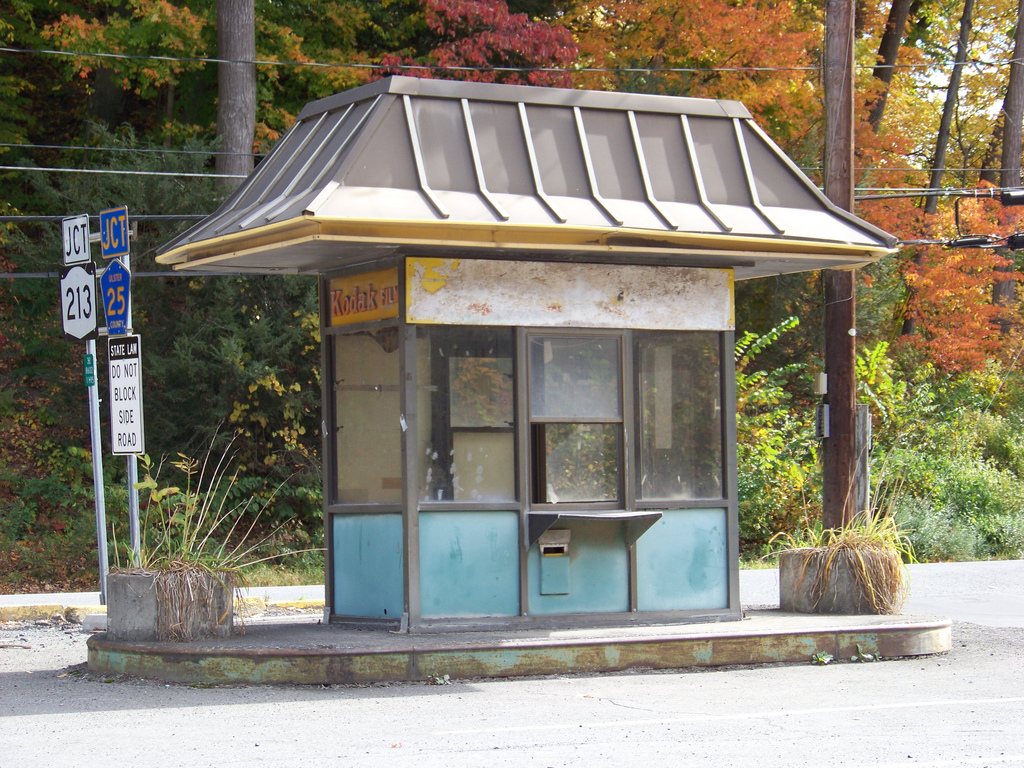
Rosendale NY © Flickr/ Richard
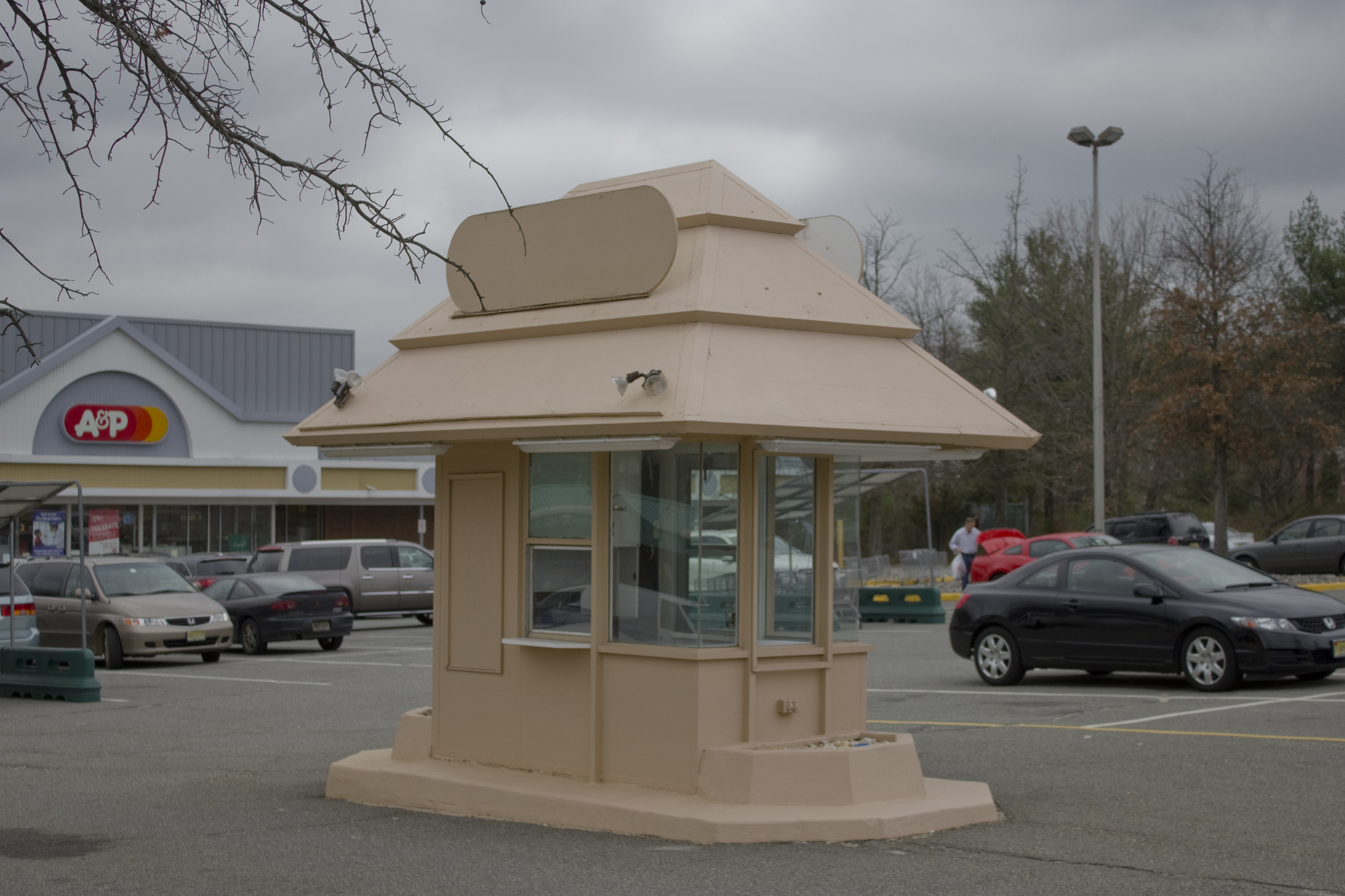
Marlboro, NJ © Flickr/ Dan Asnis
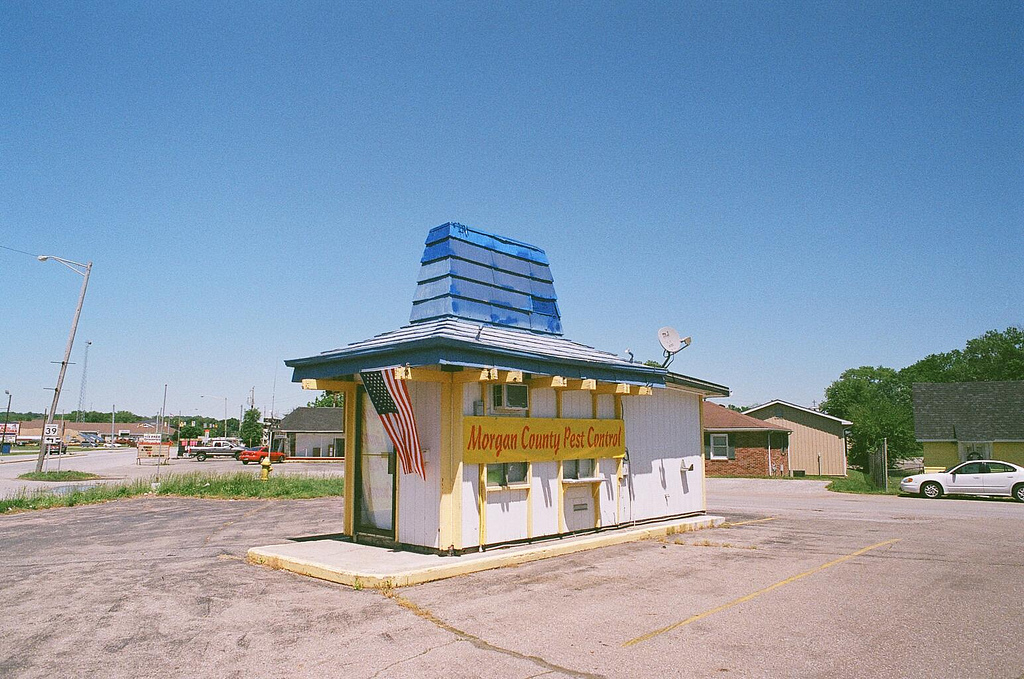
Martinsville, Indiana © Flickr/ Louis Capwell
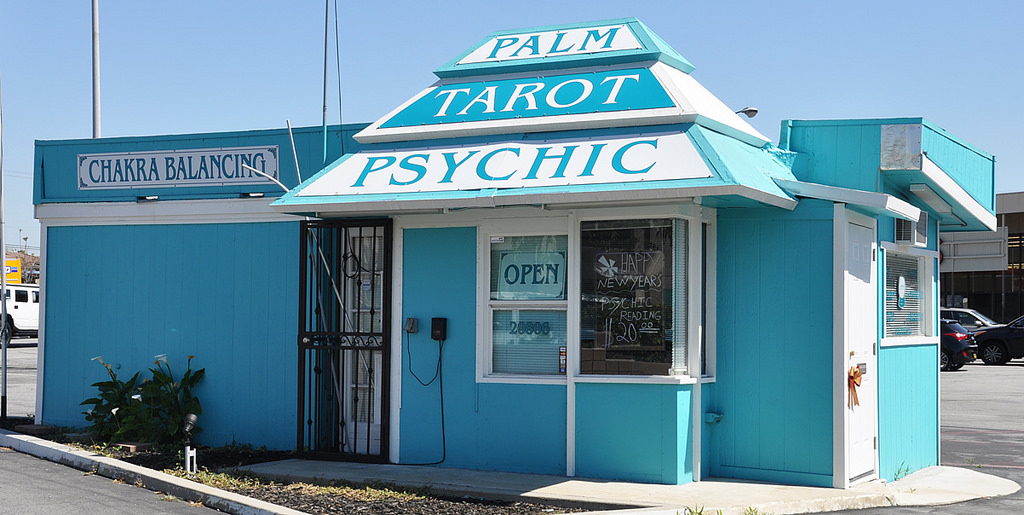
Cavina, CA © Flickr/ Debra Jane Seltzer
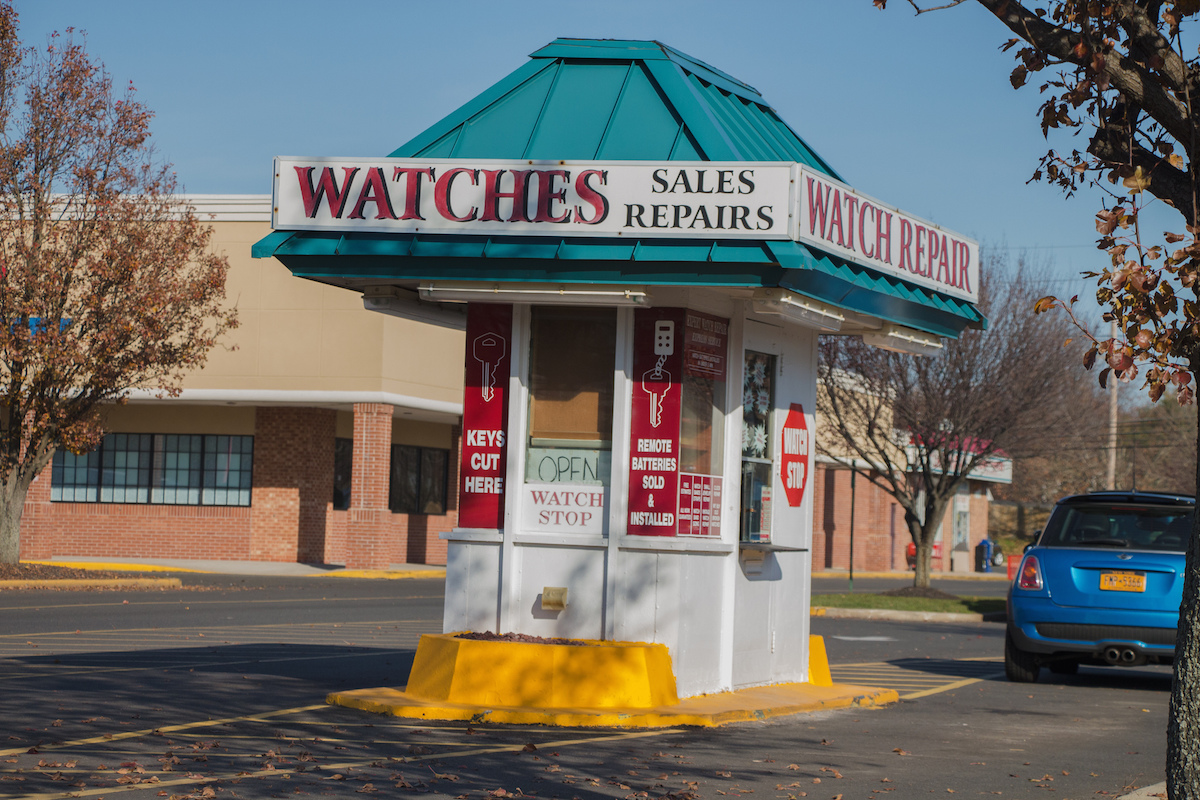
New Jersey © Flickr/ Dan Asnis
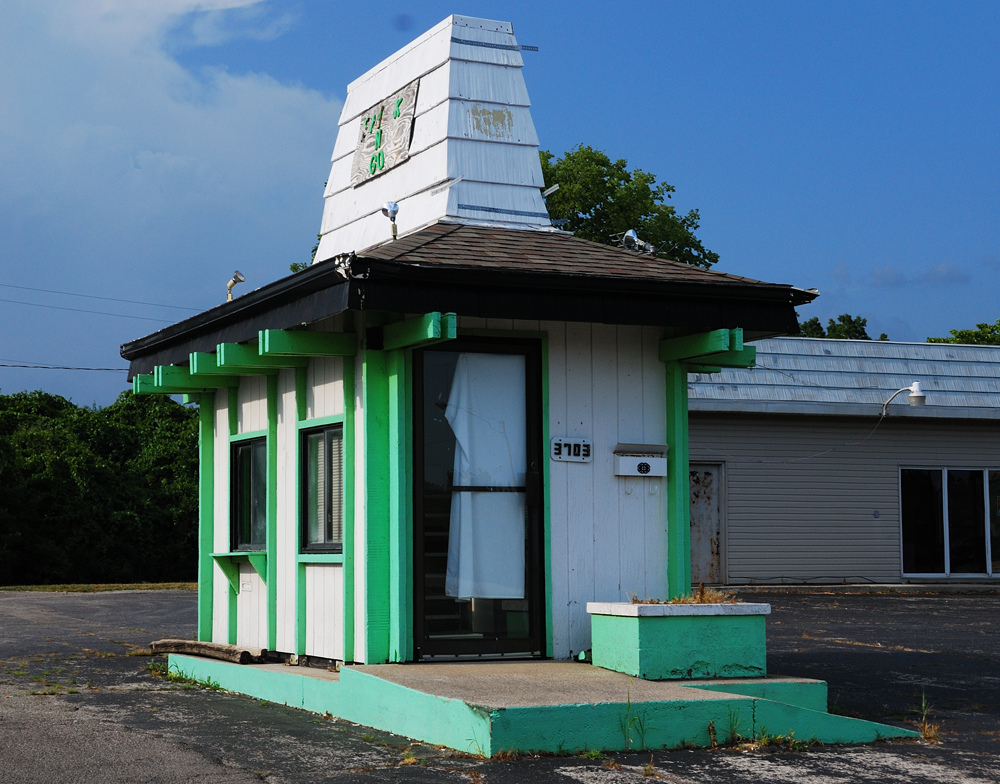
The something & go, Muncie, Indiana © Flickr/ Paul
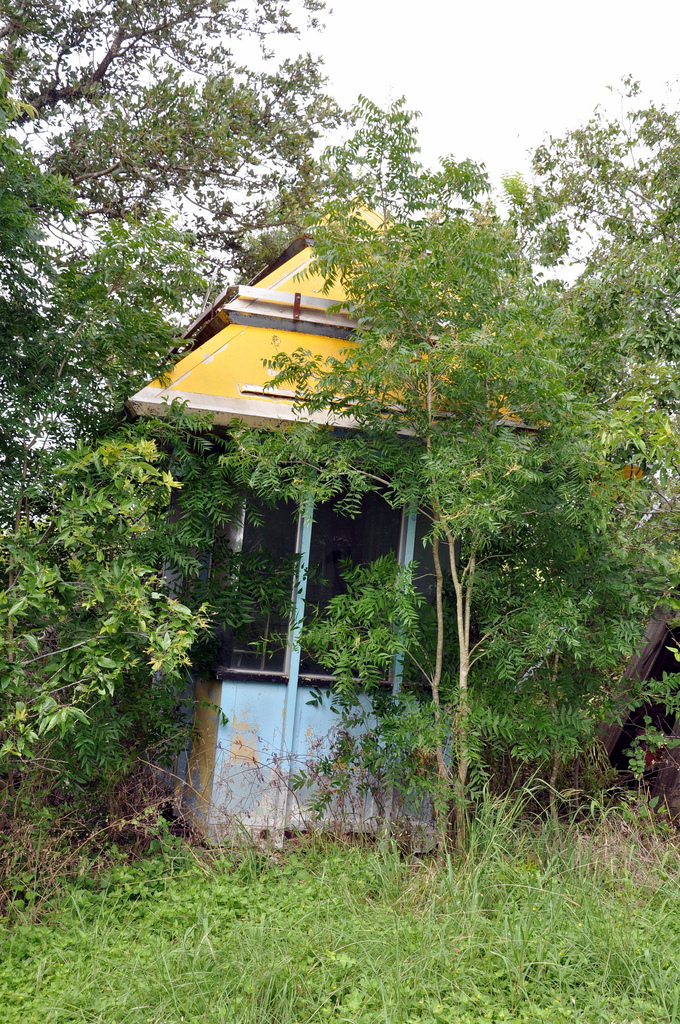
Location unknown © Flickr/ Stuart Johnson
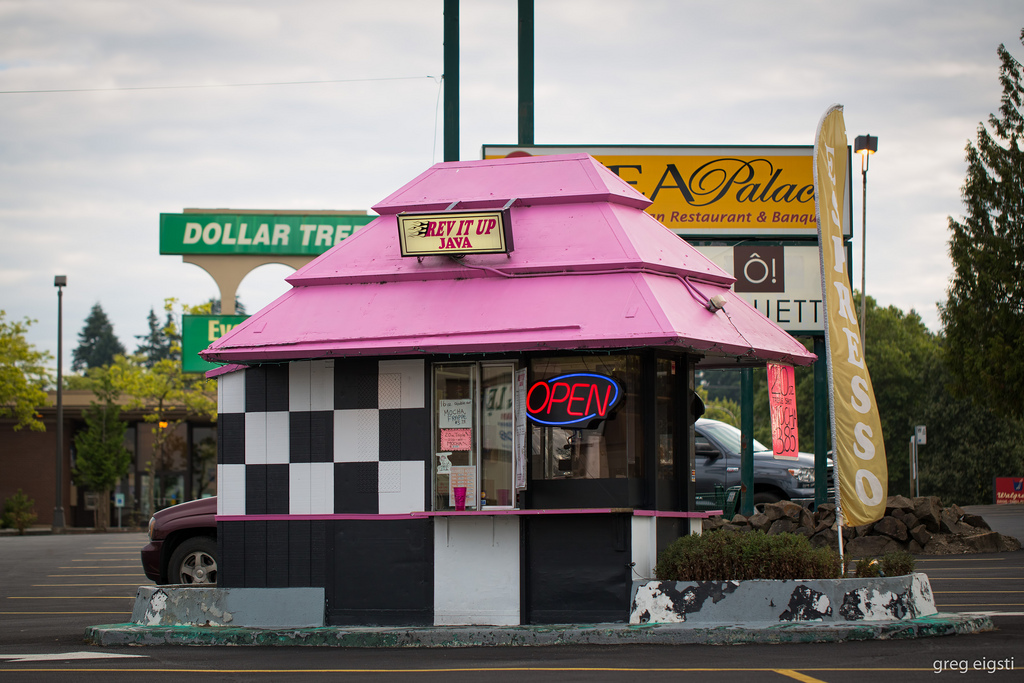
Renton Highlands © Flickr/ Greg Eigsti
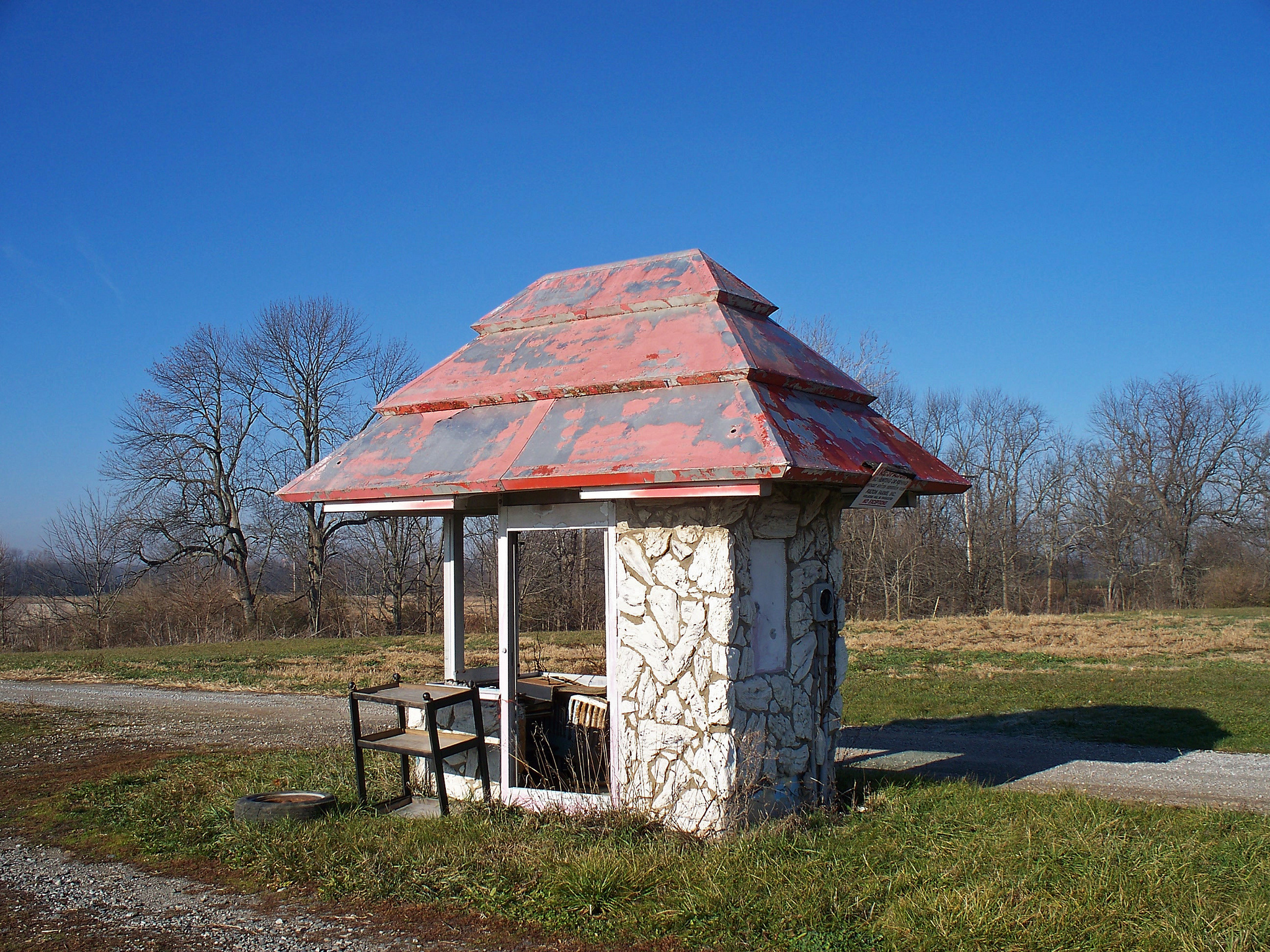
Troy, Ohio © Flickr/ Scott
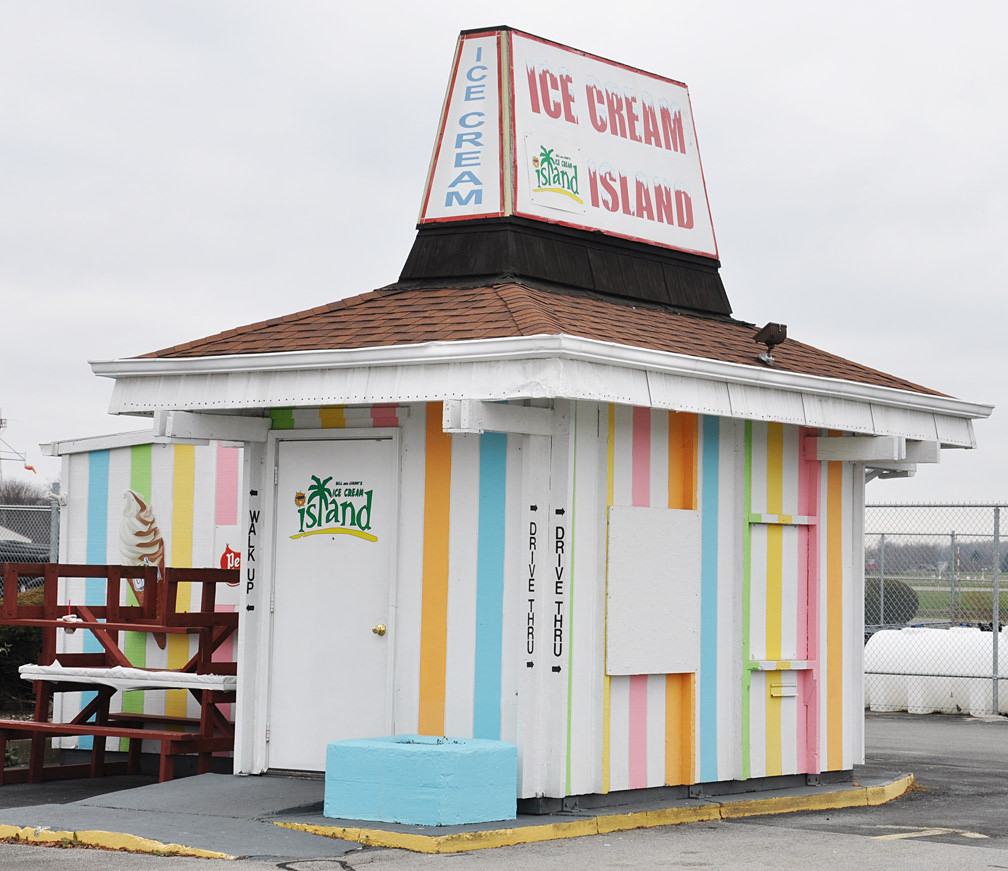
Dansville, NY © Debra Jane Seltzer
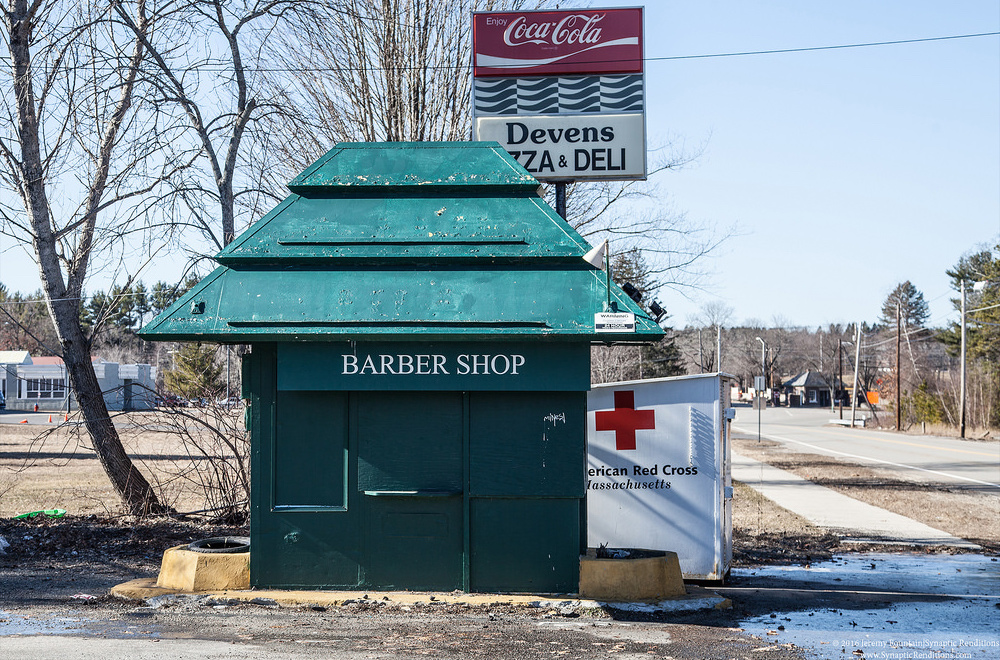
Ayer, MA © Flickr/ Jeremy Fountain
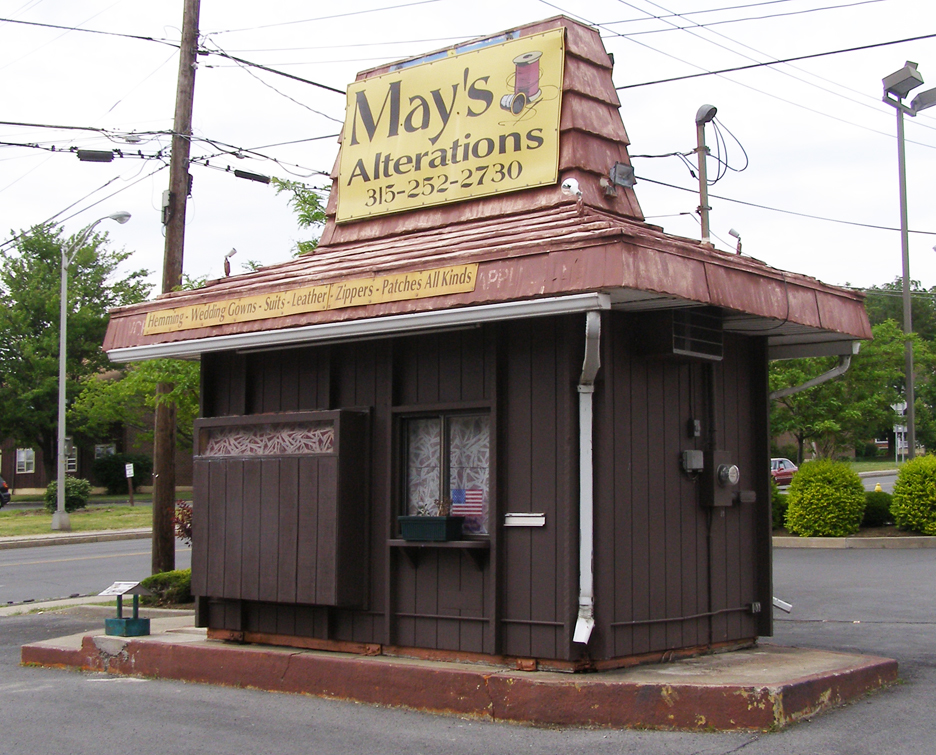
Auburn, NY © Flickr/ Debra Jane Seltzer
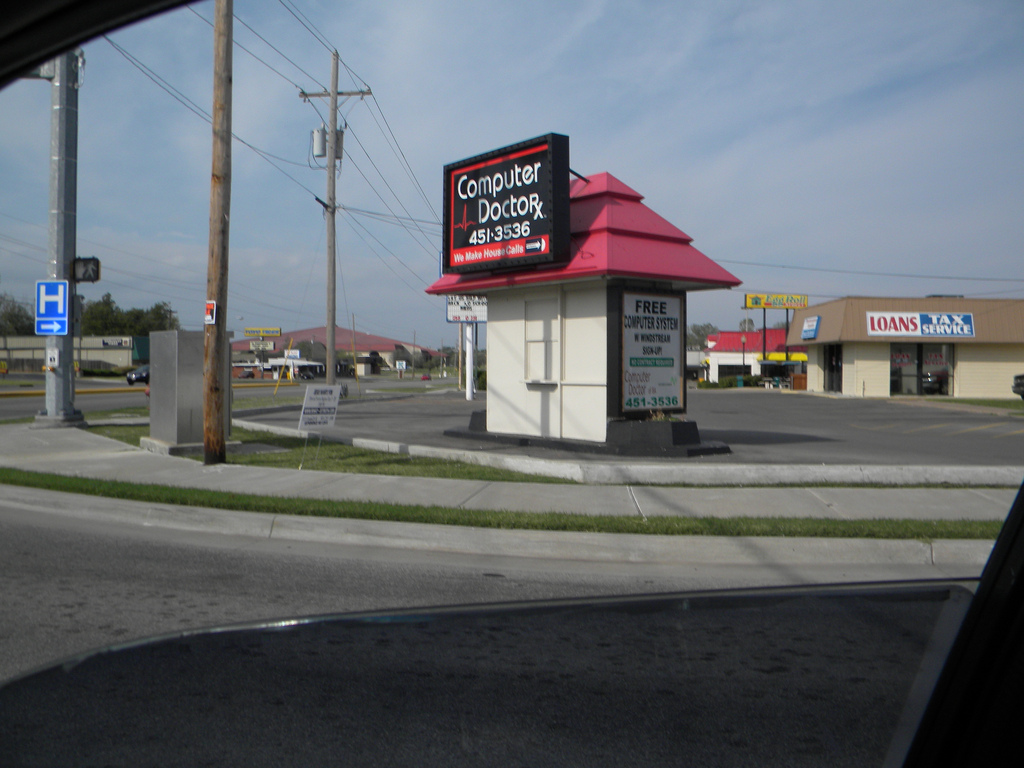
Kenosha & Elm, Broken Arrow © Flickr/ JT
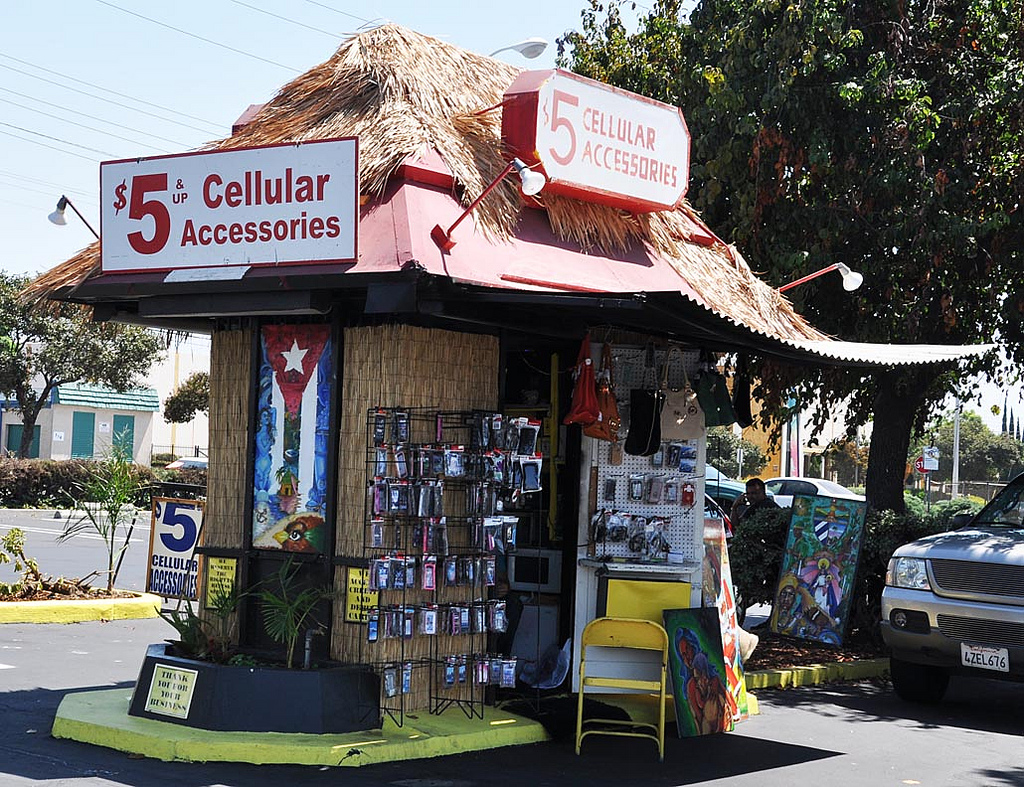
Covina, CA © Flickr/ Debra Jane Seltzer.
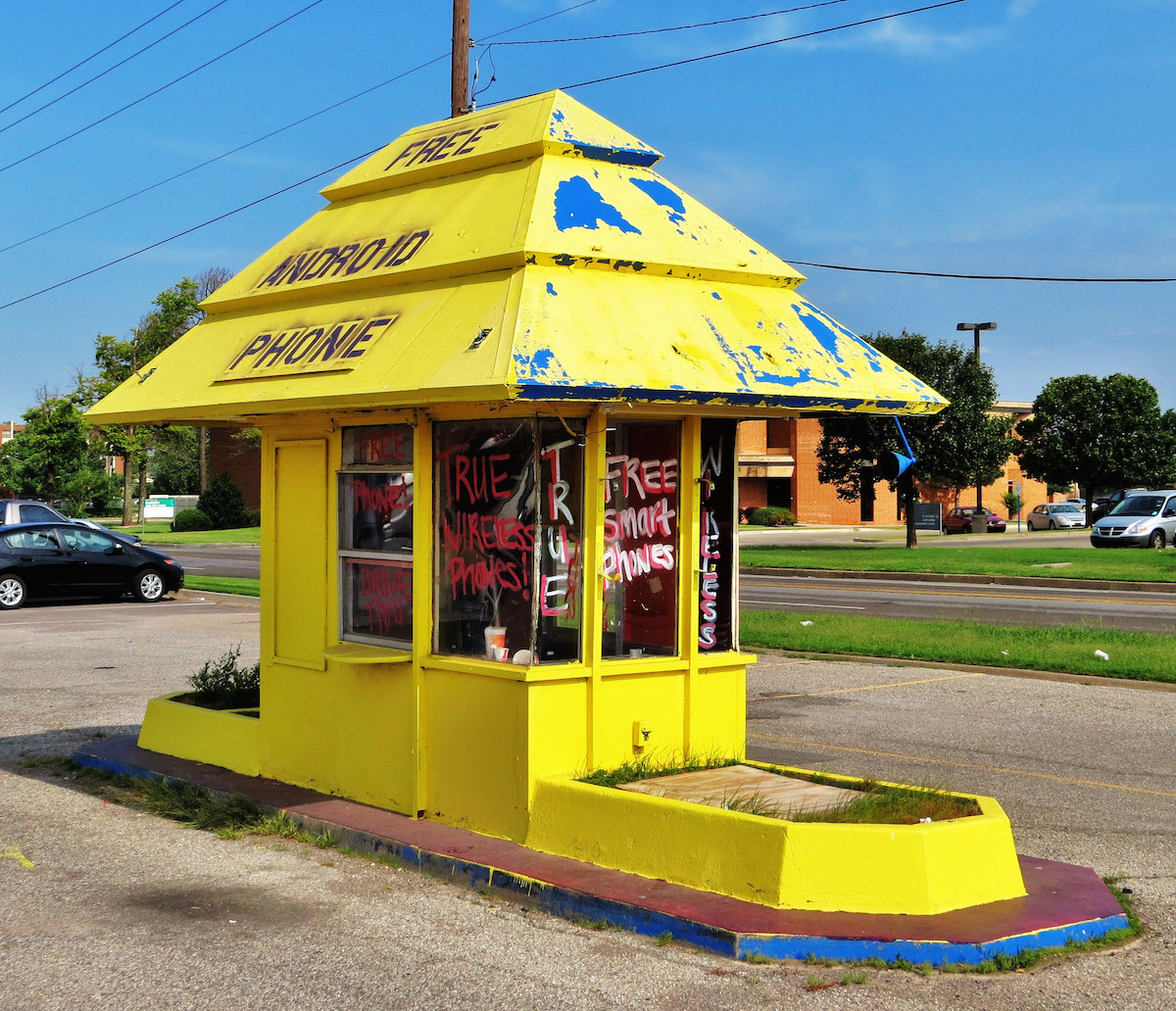
Location unknown © Flickr/ Tikitonite
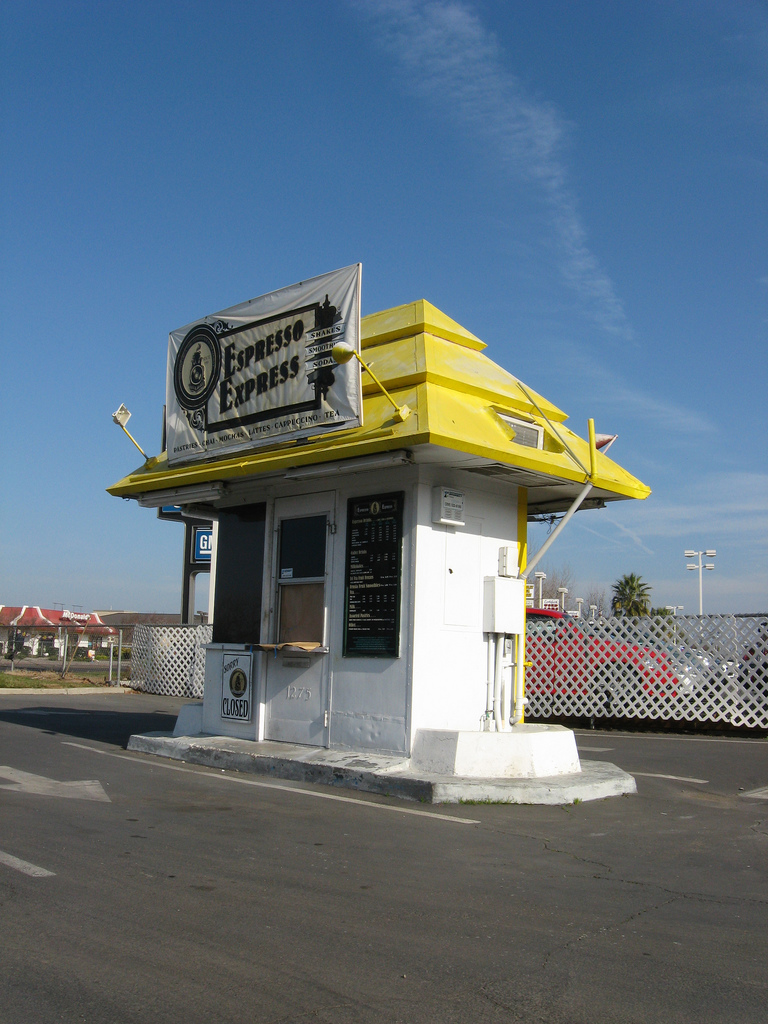
Oakdale, CA © Flickr/Charles Hathaway
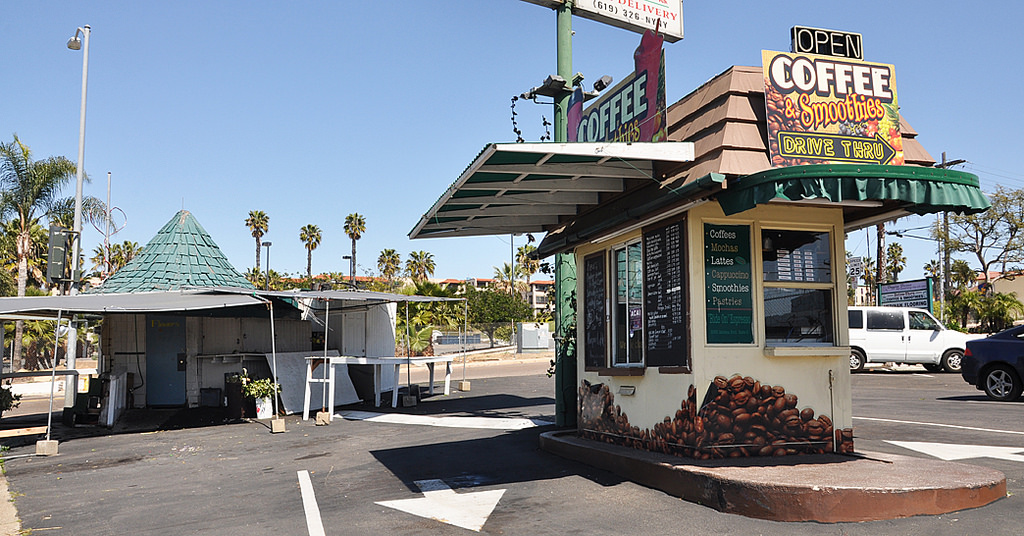
Former fotomat and flower stand in San Diego, CA © Flickr/ Debra Jane Seltzer
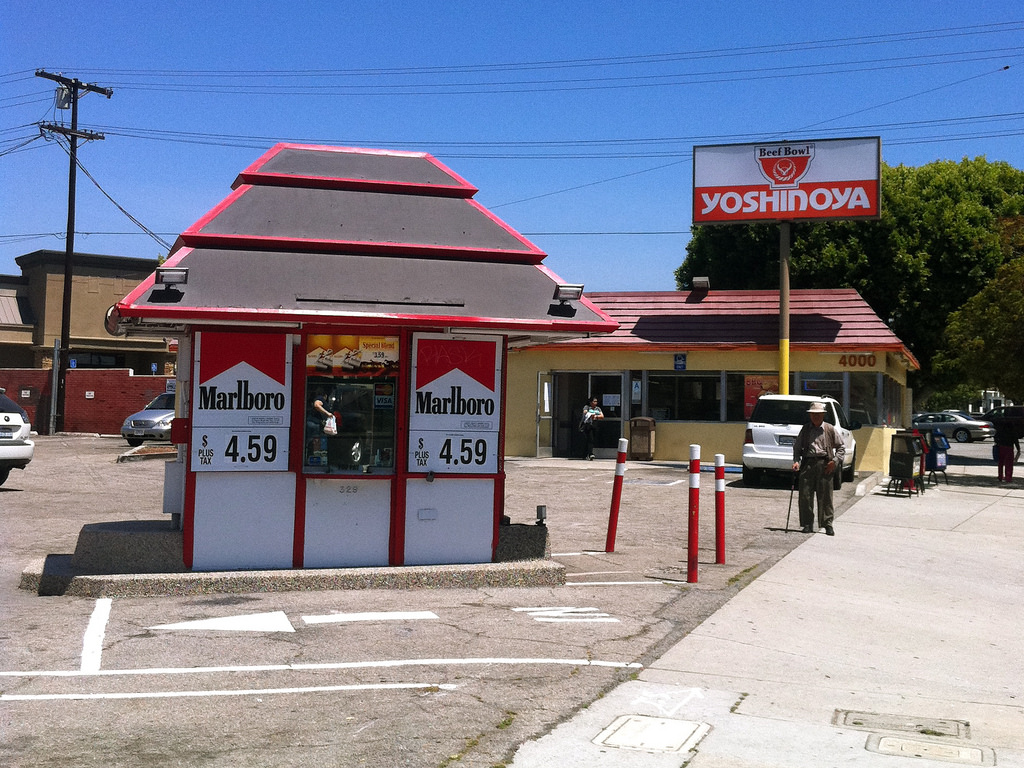
Location unknown © Flickr/ Britta Gustafson
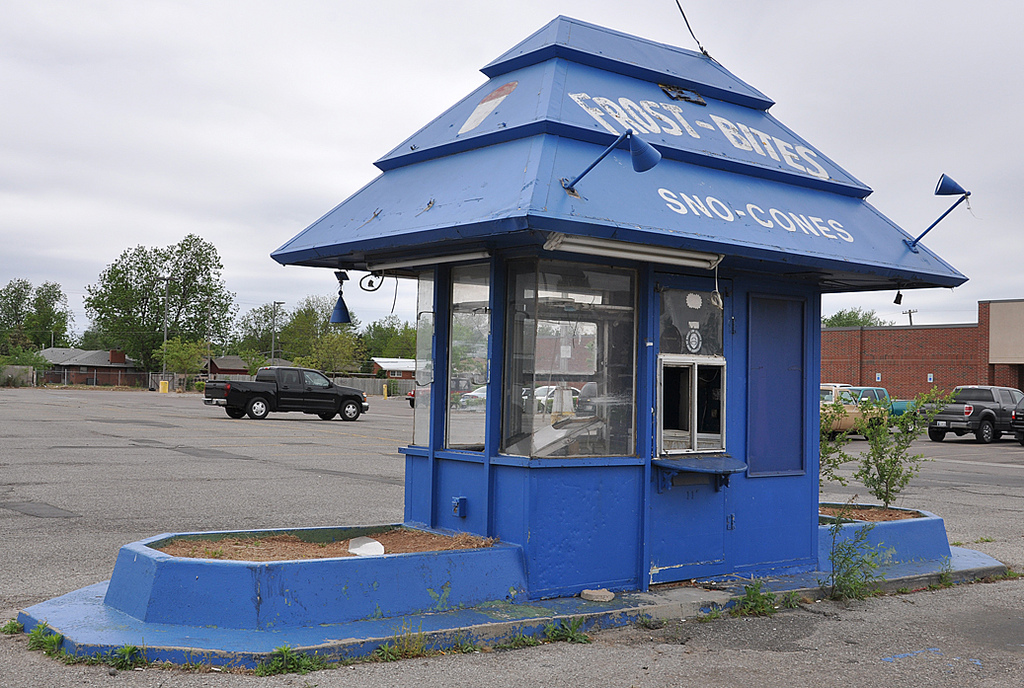
Oklahoma City, OK © Flickr/ Debra Jane Seltzer
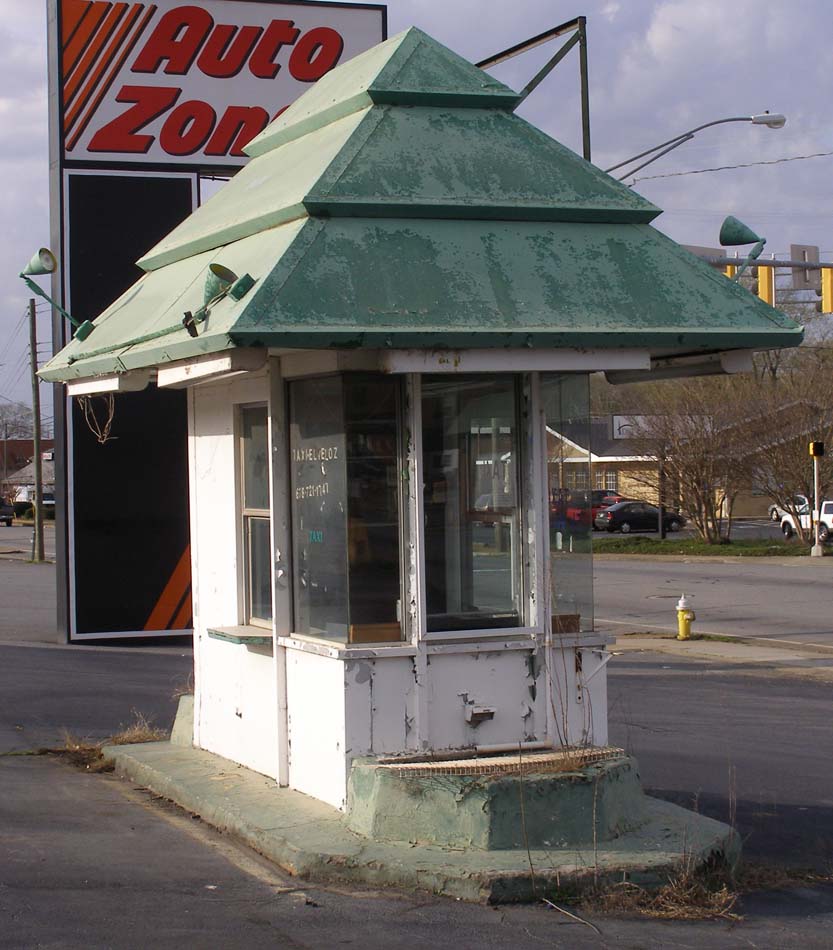
Cartersville GA © Flickr/ Debra Jane Seltzer
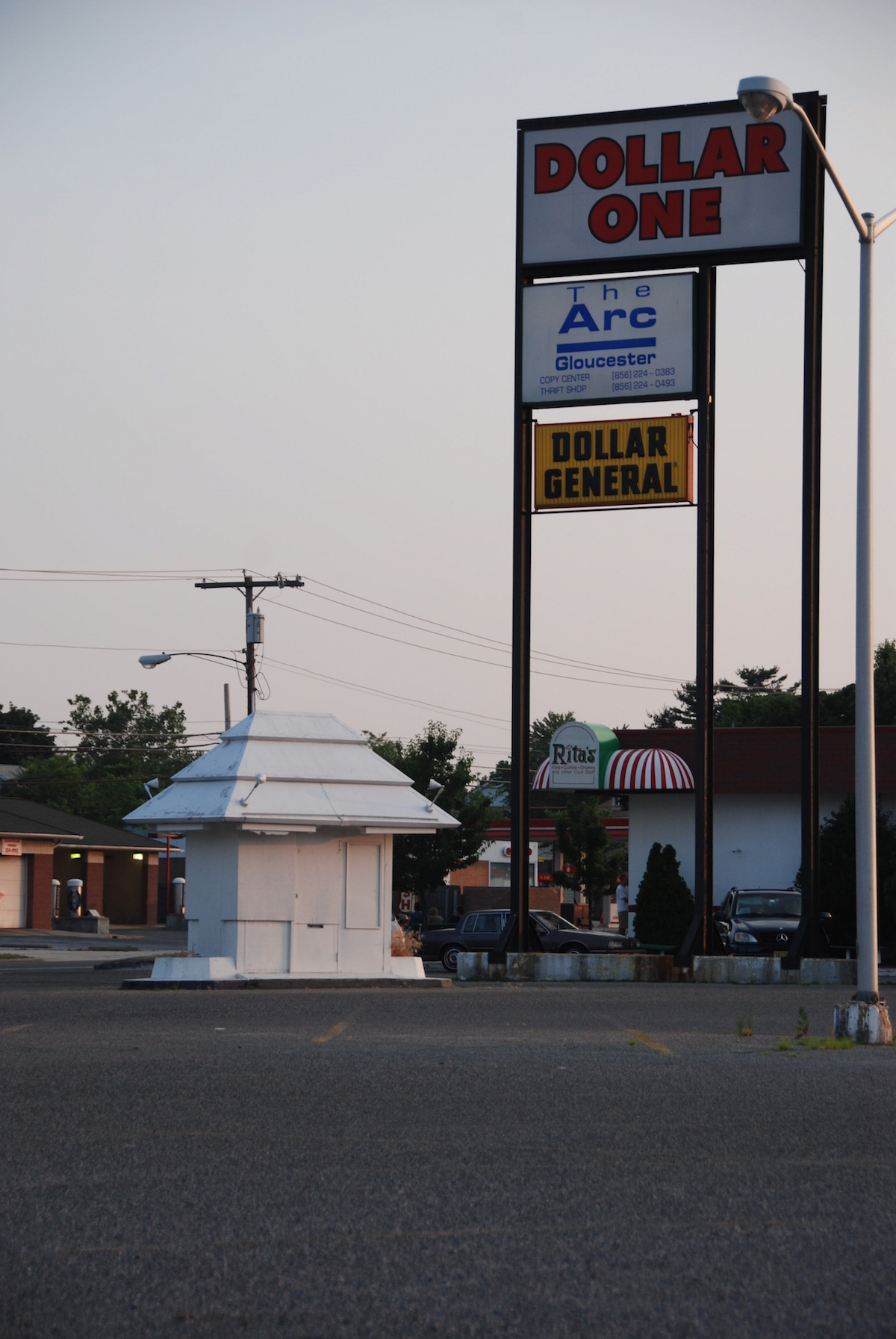
Paulsboro, NJ © Flickr/ Mark Jernoske
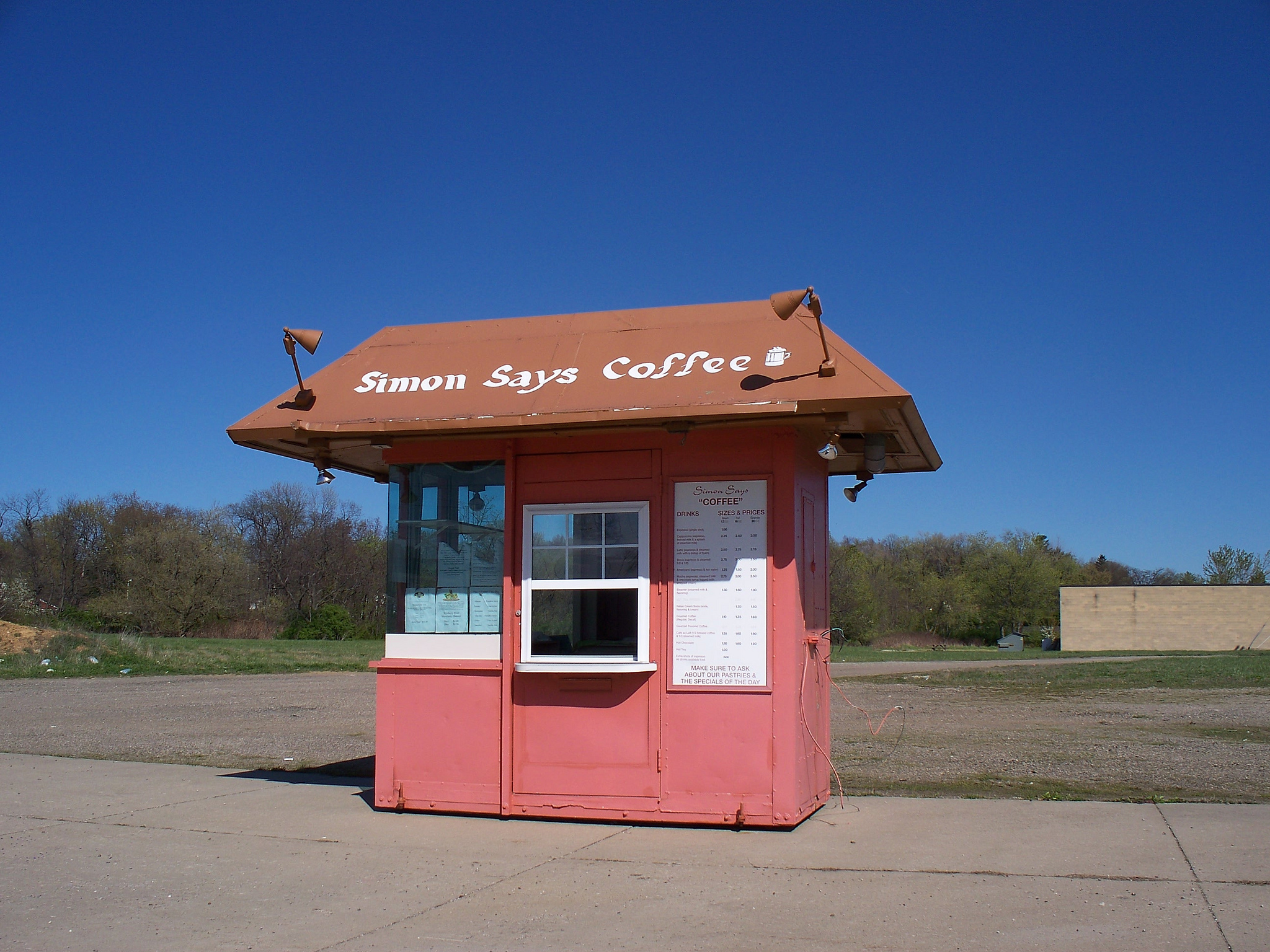
Canton, Ohio © Flickr/ Scott
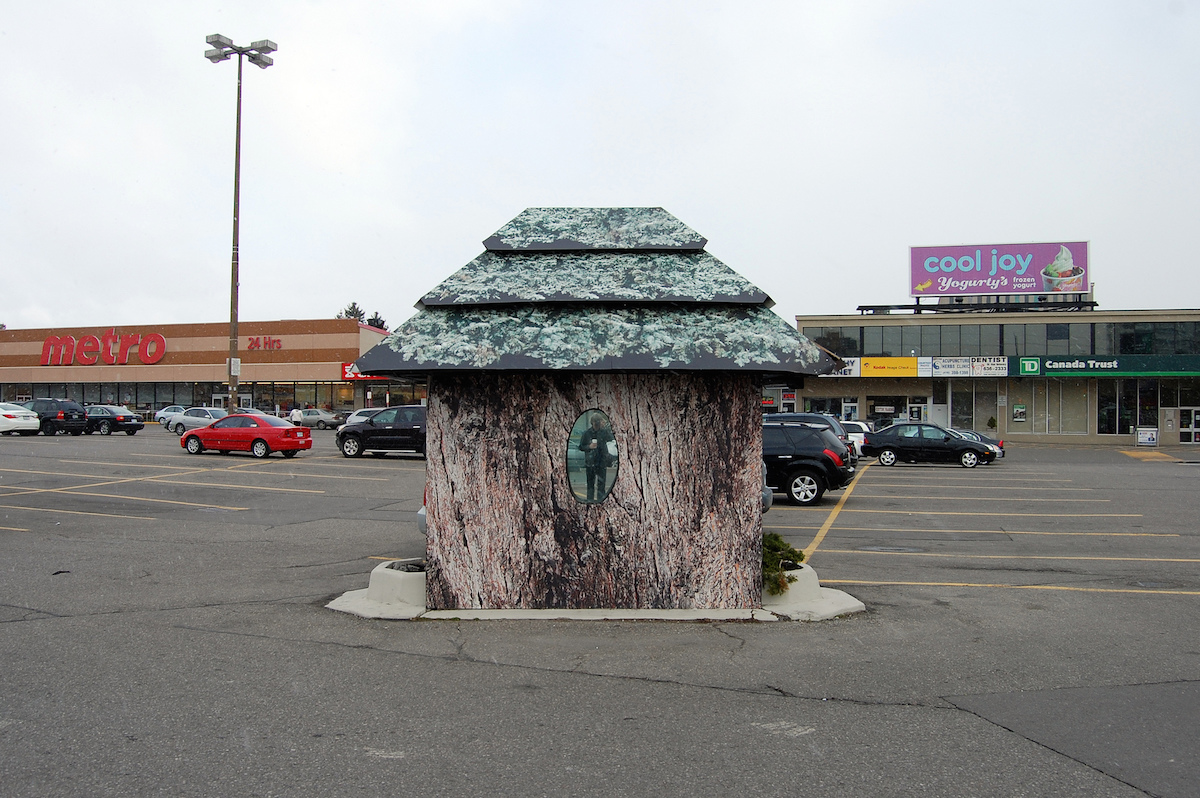
A kiosk turned naturist art project, now abandoned for good in Toronto, CA © Flickr/ Patrick Cummins
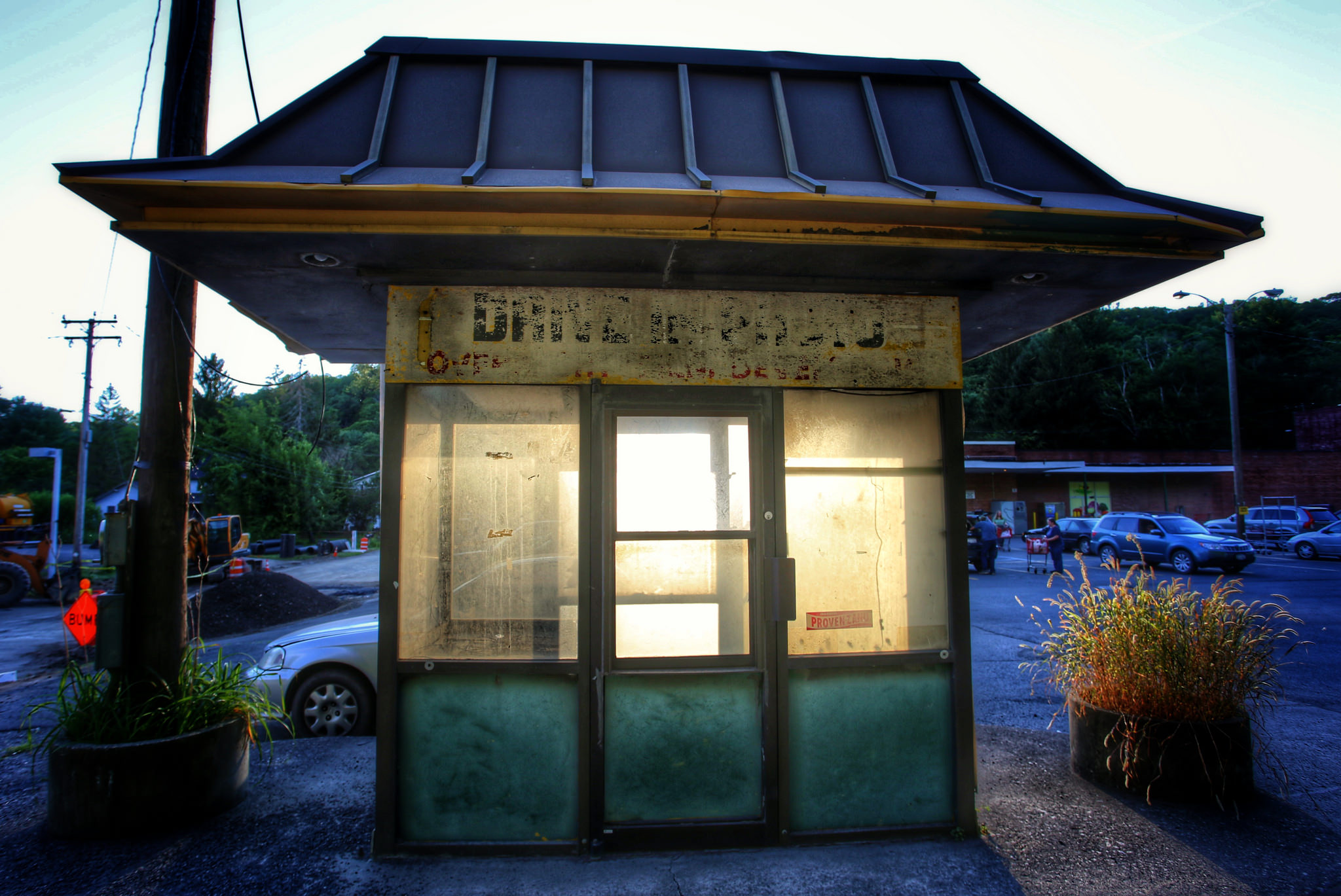
Rosendale, NY © Flickr / LizCNYC


